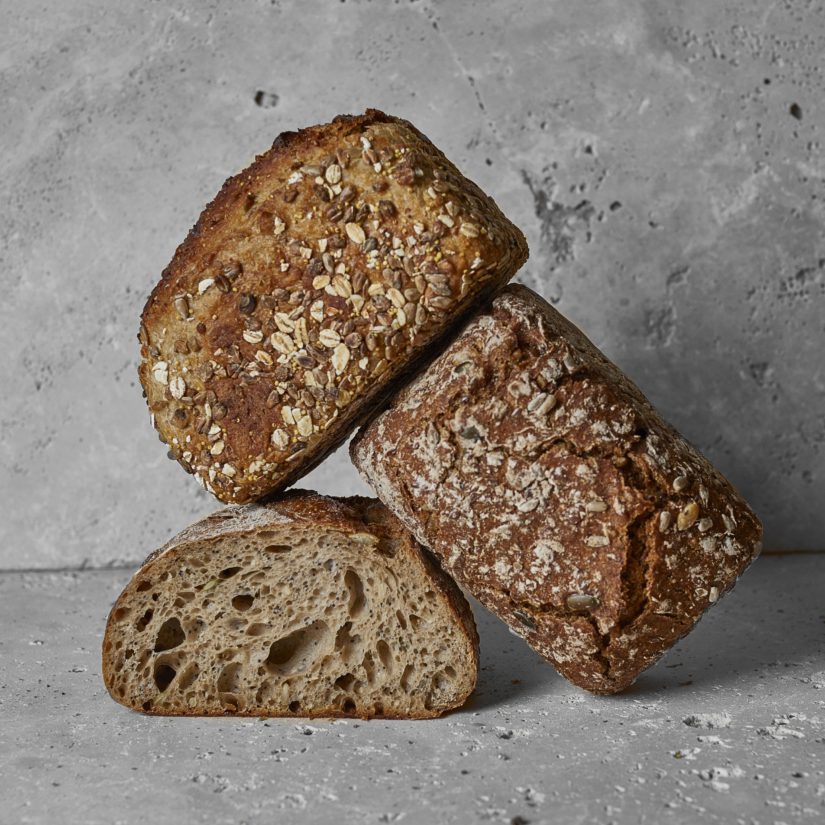The History of Sourdough

Sourdough is the oldest and most original form of leavened bread. The oldest recorded use of Sourdough is from the Ancient Egyptian civilizations.
It was probably discovered as most things are by accident. It’s believed that either the Egyptian people, being used to making beer, mixed up a bag of flour with beer and produced a light loaf of bread. Another theory is they left some bread out and some of the wild yeast spores in the air mixed with the dough, which caused it to rise and create sourdough bread as we know it.
Trial and Error
Through trial and error they found out that some of these sourdough cultures worked and tasted better than others. They could keep this culture alive by saving some raw dough from their baking and adding more flour to it. This is how Sourdough starter was born.
From Egypt, Sourdough bread-making spread to ancient Greece. The Romans learned the art of bread baking from the Greeks, making improvements in kneading and baking.
Sourdough remained the usual form of leavening down into the European Middle Ages. There are also sourdough recipes that date back to 17th Century in France, which use a starter that is fed and raised three times before adding to the dough.
From Europe to America
Master bakers from France then took their Sourdough techniques to Northern California during the California Gold Rush in 1848, and it still remains a part of the culture of San Francisco today. The Sourdough tradition was then carried into Alaska and the Yukon territories of Canada during the Klondike Gold Rush of 1898.
Conventional leavenings, such as yeast and baking soda were much less reliable in the harsh conditions faced by the miners, so experienced miners and other settlers would carry a pouch of starter either around their neck or on a belt at all times. They would even sleep with their starter to keep it from freezing in extreme temperatures, which led to the miners earning the nickname “Sourdough”.
Sourdough breads gave way to bread made with commercial yeast in the 19th Century, as it was quicker to make. However, in the 1980s the world started to see the comeback in the ancient fermented bread, which is now enjoyed by millions every day around the world.